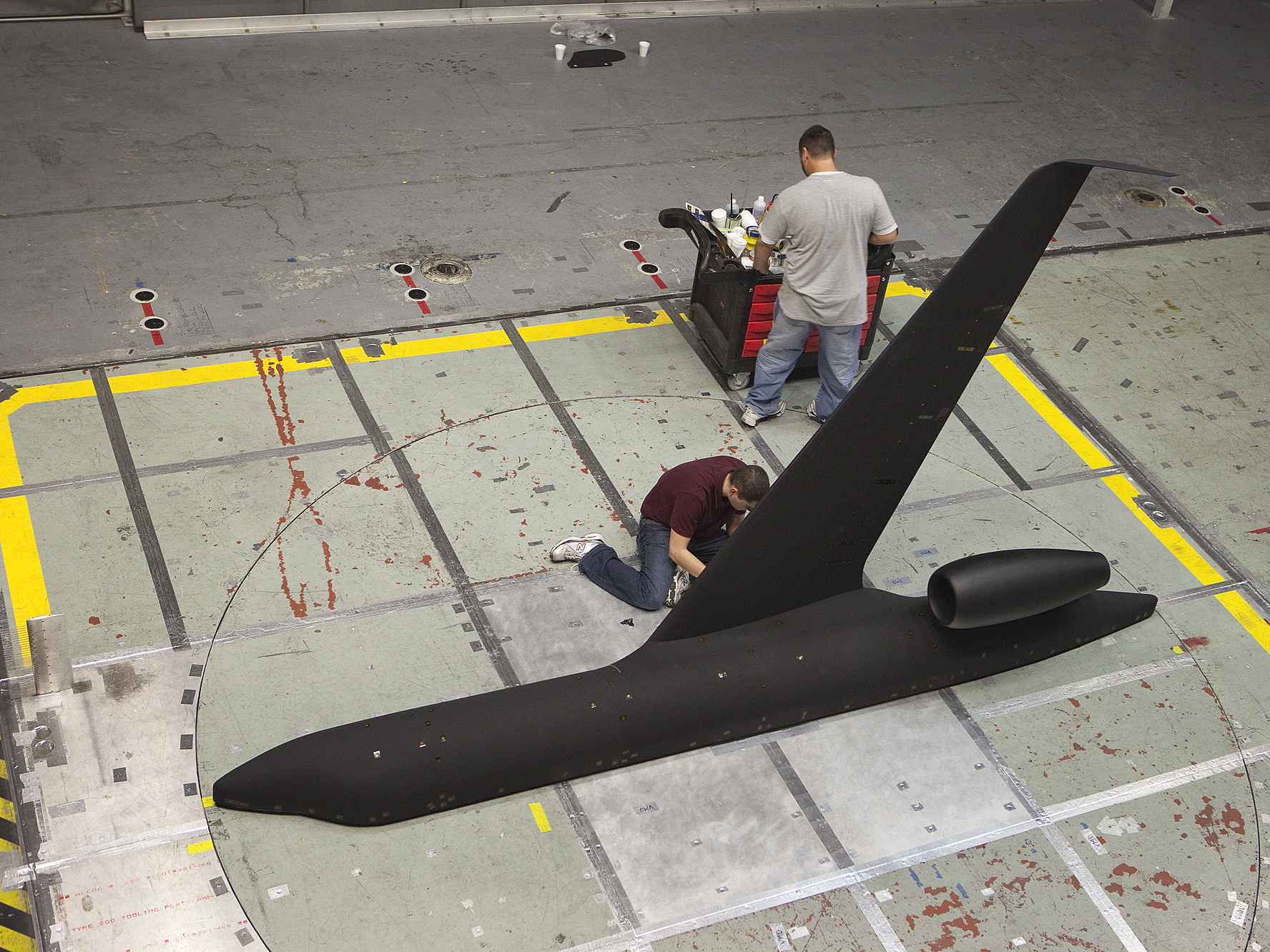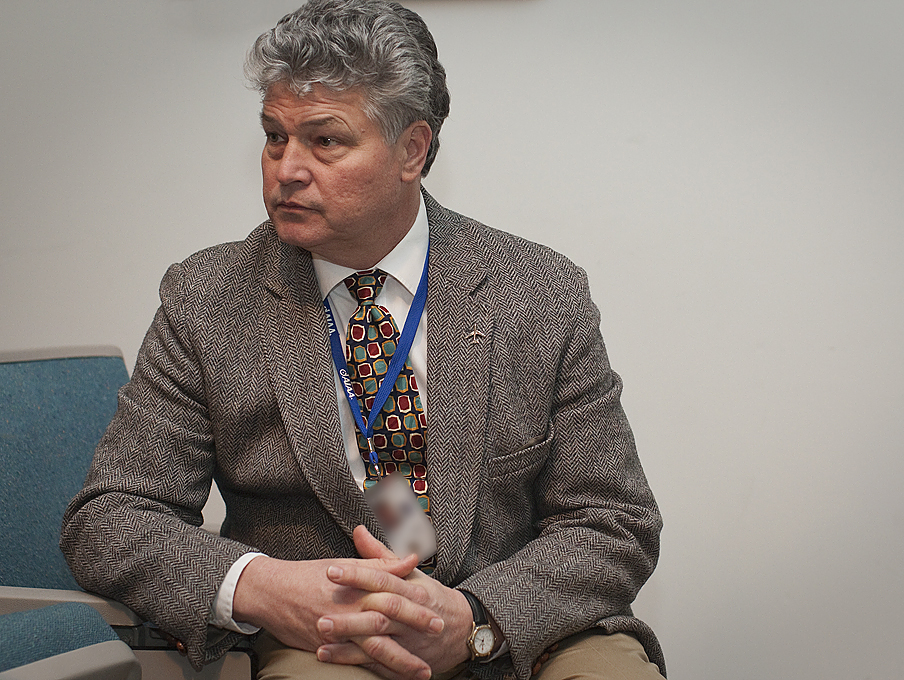Air travelers of the future could have quieter, greener and more fuel-efficient airliners because of NASA research efforts that are moving into further development and testing.
The Environmentally Responsible Aviation Project, which is part of the NASA Aeronautics Research Mission Directorate’s Integrated Systems Research Program, was created in 2009 to explore aircraft concepts and technologies that will reduce the impact of aviation on the environment over the next 30 years.
During the first phase of ERA, engineers assessed dozens of broad areas of environmentally friendly aircraft technologies and then matured the most promising ones to the point that they can be tested together in a real world environment. Those experiments included nonstick coatings for low-drag wing designs, laboratory testing of a new composite manufacturing technique, advanced engine testing, and test flights of a remotely piloted hybrid wing body prototype.
“With the start of phase two, we will be able to take what we’ve learned and move from the laboratory to more flight and ground technology tests,” said Fay Collier, ERA project manager based at NASA’s Langley Research Center in Hampton, Va. “We have made a lot of progress in our research toward very quiet aircraft with low carbon footprints. But the real challenge is to integrate ideas and pieces together to make an even larger improvement. Our next steps will help us work towards that goal.”
NASA has chosen eight, large-scale integrated technology demonstrations to advance ERA research. The demonstrations are designed to further the project’s goals of simultaneous reduction in the amount of fuel used, the level of noise and the emissions produced by tomorrow’s commercial transport planes.
Researchers will focus on five areas: aircraft drag reduction through innovative flow control concepts; weight reduction from advanced composite materials; fuel and noise reduction from advanced engines; emissions reductions from improved engine combustors; and fuel consumption and community noise reduction through innovative airframe and engine integration designs.
The integrated technology demonstrations, which build on work done during the first two years of NASA’s ERA project, include:
- Active Flow Control Enhanced Vertical Tail Flight Experiment: Tests of technology that can manipulate, on demand, the air that flows over a full-scale commercial aircraft tail.
- Damage Arresting Composite Demonstration: Assessment of a low-weight, damage-tolerant, stitched composite structural concept, resulting in a 25 percent reduction in weight over state-of-the-art aircraft composite applications.
- Adaptive Compliant Trailing Edge Flight Experiment: Demonstration of a non-rigid wing flap to establish its airworthiness in the flight environment.
- Highly Loaded Front Block Compressor Demonstration: Tests to show Ultra High Bypass (UHB) or advanced turbofan efficiency improvements of a two-stage, transonic high-pressure engine compressor.
- 2nd Generation UHB Ratio Propulsor Integration: Continued development of a geared turbofan engine to help reduce fuel consumption and noise.
- Low Nitrogen Oxide Fuel Flexible Engine Combustor Integration: Demonstration of a full ring-shaped engine combustor that produces very low emissions.
- Flap and Landing Gear Noise Reduction Flight Experiment: Analysis, wind tunnel and flight tests to design quieter flaps and landing gear without performance or weight penalties.
- UHB Engine Integration for a Hybrid Wing Body: Verification of power plant and airframe integration concepts that will allow fuel consumption reductions in excess of 50 percent while reducing noise on the ground.
Key to ERA research is industry partnerships. Each of the demonstrations will include selected industry partners, many of which will contribute their own funding.
We are excited that ERA’s research portfolio provides a healthy balance of industry and government partnerships working collaboratively to mature key technologies addressing ERA’s aggressive fuel burn, noise and emission reductions goals for tomorrow’s transport aircraft.

Ed Waggoner
Integrated Systems Research Program Director
The technology demonstrations are expected to begin next year and continue through 2015.
The ERA project is one of many NASA Aeronautics Research Mission Directorate programs and projects working to develop technologies to make aircraft safer, faster and more efficient, and to help transform the national air transportation system. That research is being conducted at NASA Langley, NASA’s Ames Research Center at Moffett Field, Calif., NASA’s Dryden Flight Research Center at Edwards Air Force Base, Calif., and NASA’s Glenn Research Center in Cleveland.


































